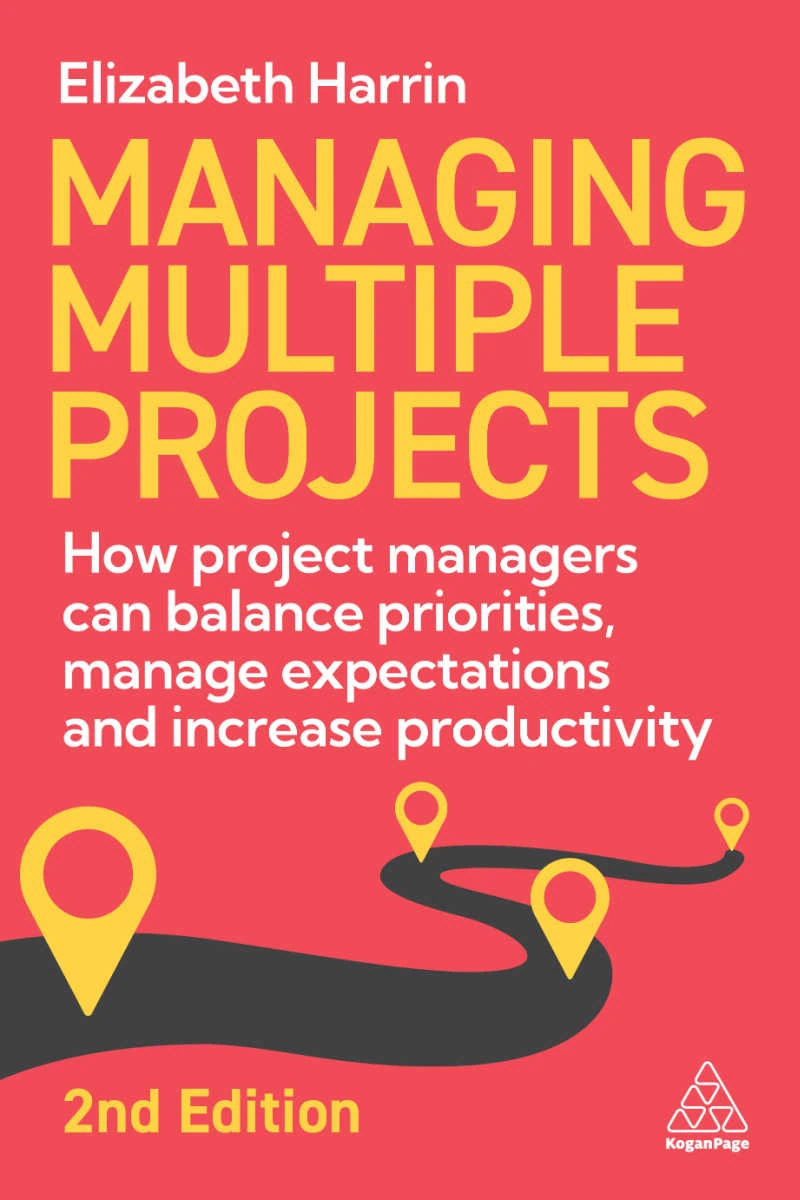Review: ConceptDraw Project
Read our review guidelines.
ConceptDraw PROJECT is the second piece in the ConceptDraw Office suite. Last week I reviewed MINDMAP.
I reviewed version 3 of ConceptDraw PROJECT back in 2007, so now they are on version 5 I was interested to see what had been improved.
The interface is attractive and easy to use. Hitting Return puts a new task underneath the one you have just created, and Insert adds one above. This was one of my bugbears from last time, so I’m glad that has been made more logical.
The interface also has a tabular structure so you can easily switch between windows if you have multiple projects open.
You can customise the look of the Gantt chart by changing fill pattern, colour and text style, which is a great way to make things stand out if you have particular items you need to identify quickly. The Gantt produced is clear and easy to use.
All the standard project planning functionality is there like tracking costs (does anyone actually do this?). I was able to change the currency symbol to £ but it didn’t apply the change retrospectively. When I opened up a new project my new tasks were costed in my actual currency instead of the default: dollars. You would have thought there would be some prompt on install to determine which country you were based in and therefore the generic preferences for the application. This would have to be something a PMO set up before the project managers were let loose with the application.
The final bit of the ConceptDraw Office suite is PRO, which is a graphics package (more on that next week). It will generate reports for you, but for them to be of any value you do need to have populated all resources, costs, project budget baseline and time baseline, and so on in PROJECT. That’s a lot of data to put in for a small project, and if you are the kind of project manager who uses a Gantt chart as a graphical task list, then it’s too much of an overhead to keep all those other details up to date.
I like it, and I like some of the other integration elements, for example the ability to export screenshots as PowerPoint slides. It also creates web-ready versions of tabular reports which could be useful for sharing the plan via other collaboration tools or to get round the fact that some of your team don’t have the same software as you. You can also email your team directly from the software with a task list. Although I tried this and it tried to reset my internet connection as I don’t have a POP3 account on my PC – so I stopped it pretty sharpish.
The marketing material says that:
The primary users of ConceptDraw Office tools are what we refer to as Knowledge Workers. These are team players that typically include executive staff and high to medium-level managers. ConceptDraw Office applications directly correspond to the needs of Knowledge Workers who’s [sic] responsibilities include resource management and works planning management.
I would argue that an executive staff member would be the consumer of data produced in these tools, not someone actually pressing the buttons themselves. It takes a bit of time to get used to the shortcuts and icons in ConceptDraw PROJECT but it’s no harder to use than Microsoft Project and some may even find it easier. In summary, this project management tool is good, solid planning software, but if you want the full functionality and benefits, you are going to have to use it in conjunction with the other two elements of the Office suite.
Next week I’ll be reviewing the final piece in the ConceptDraw Office suite: PRO.

